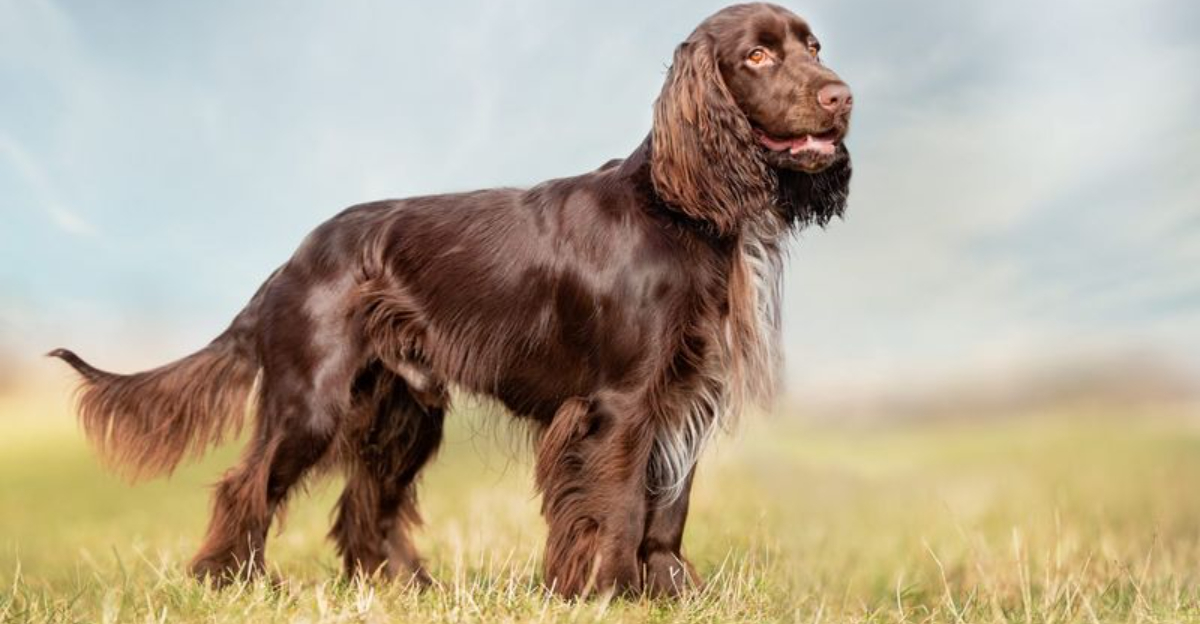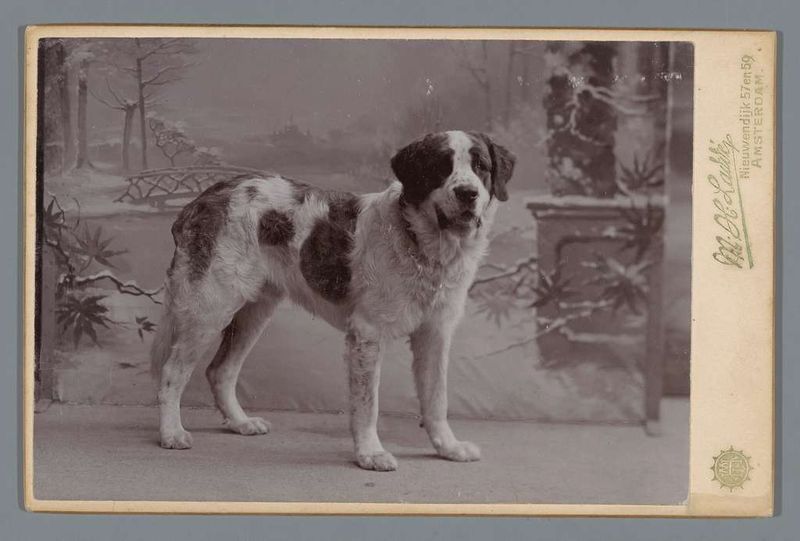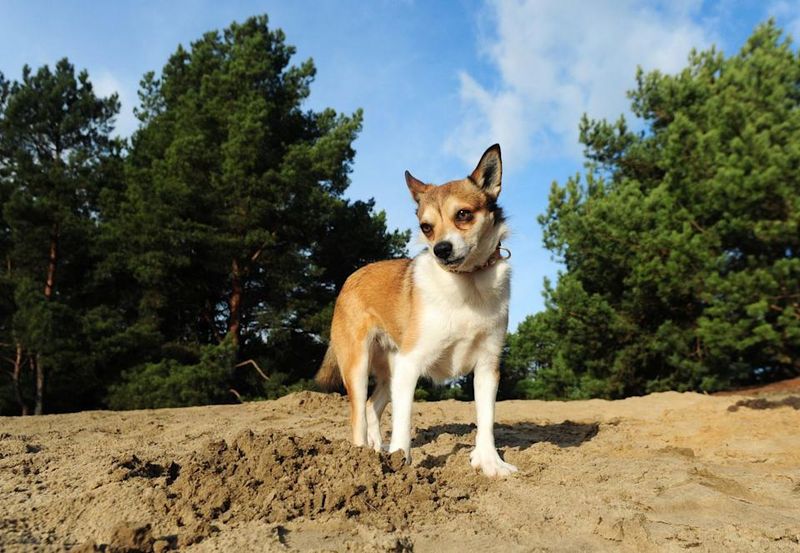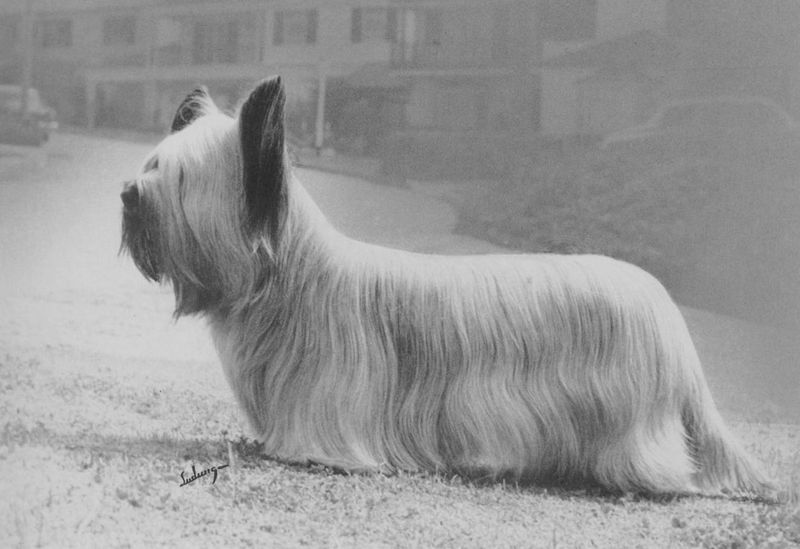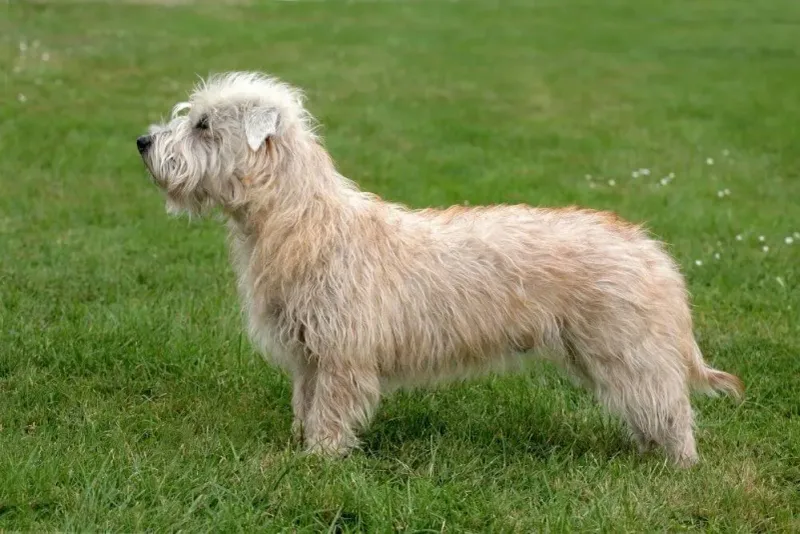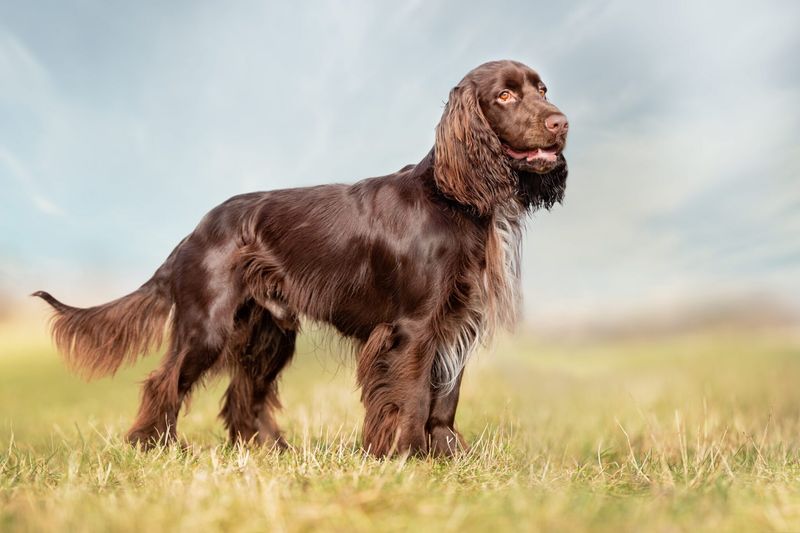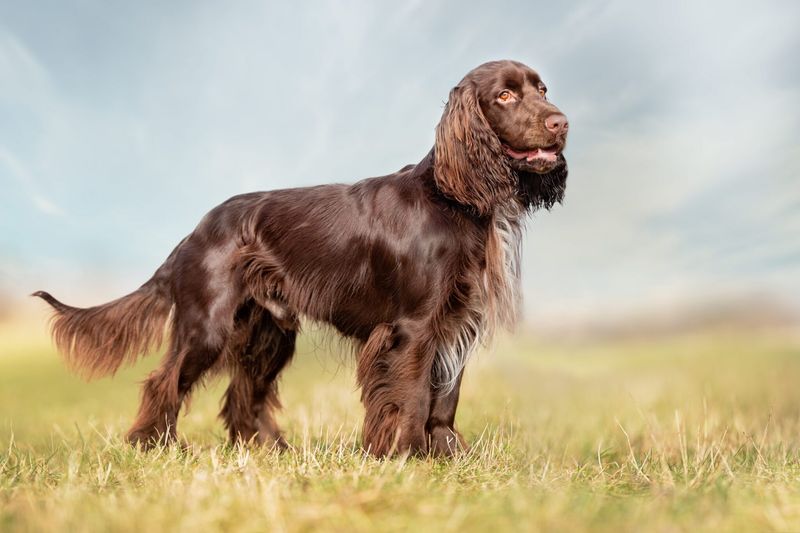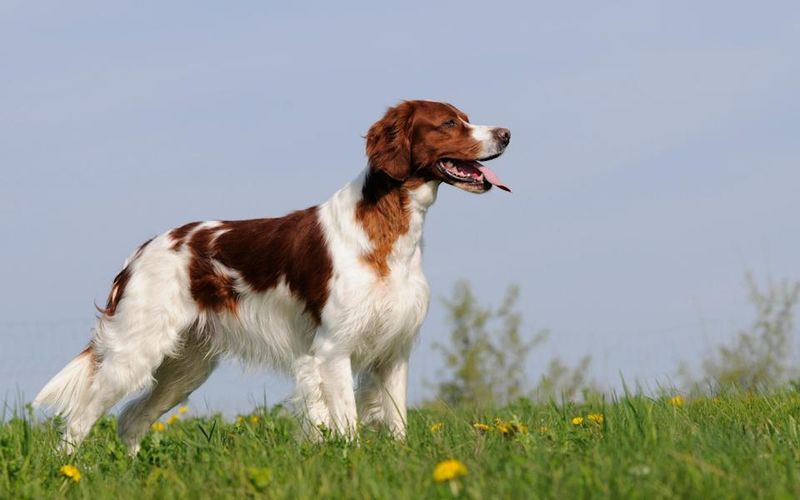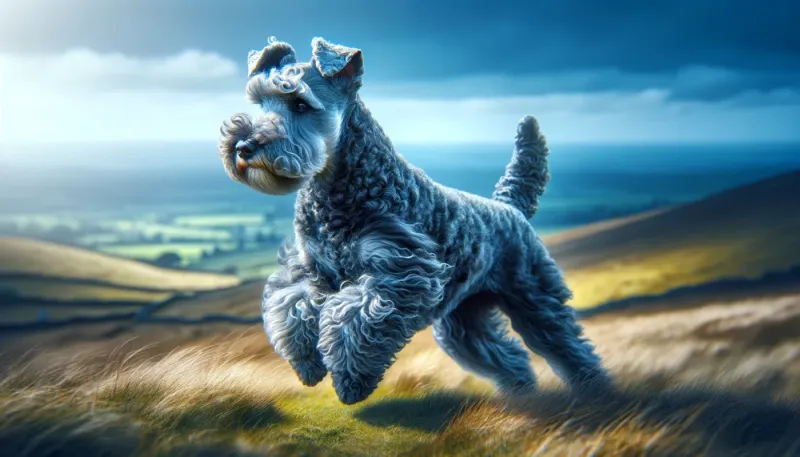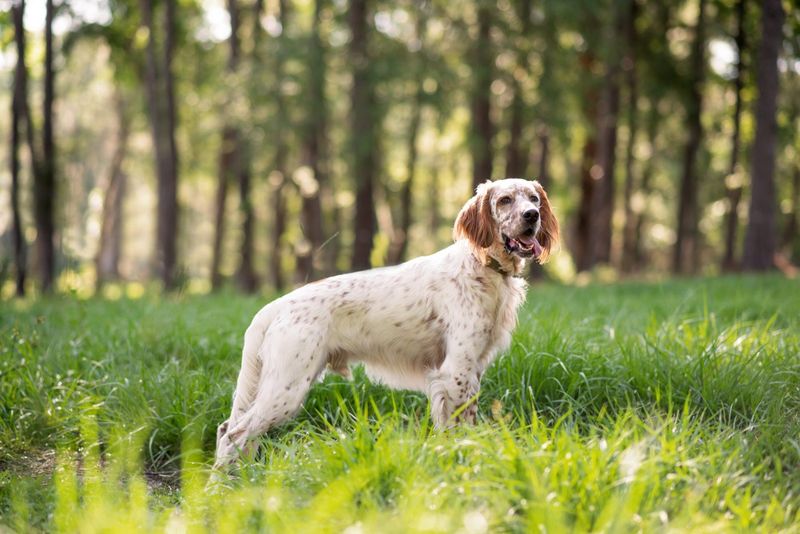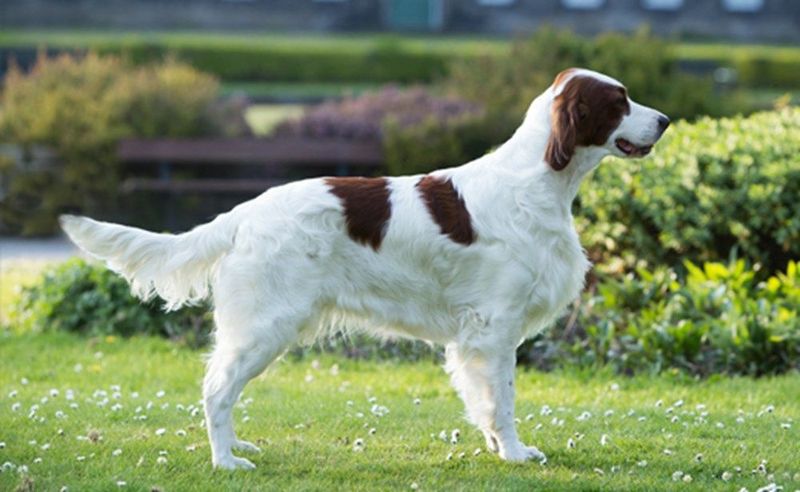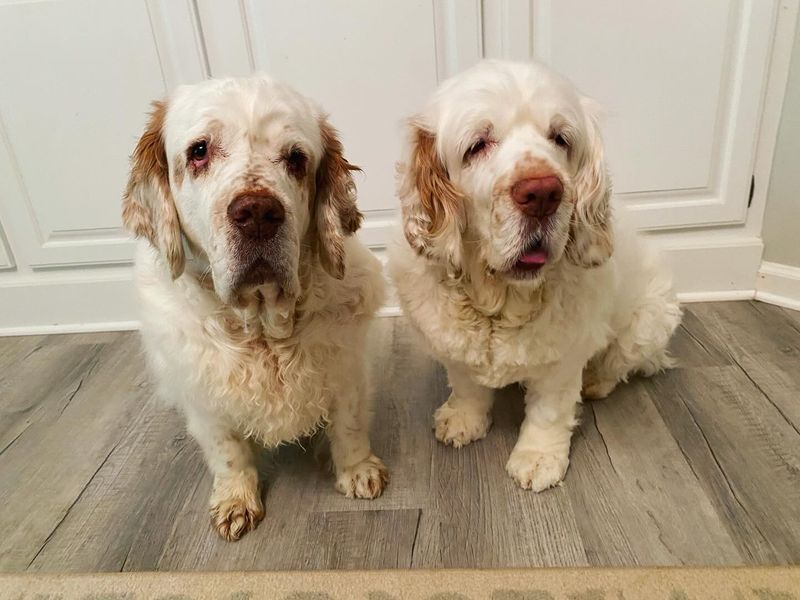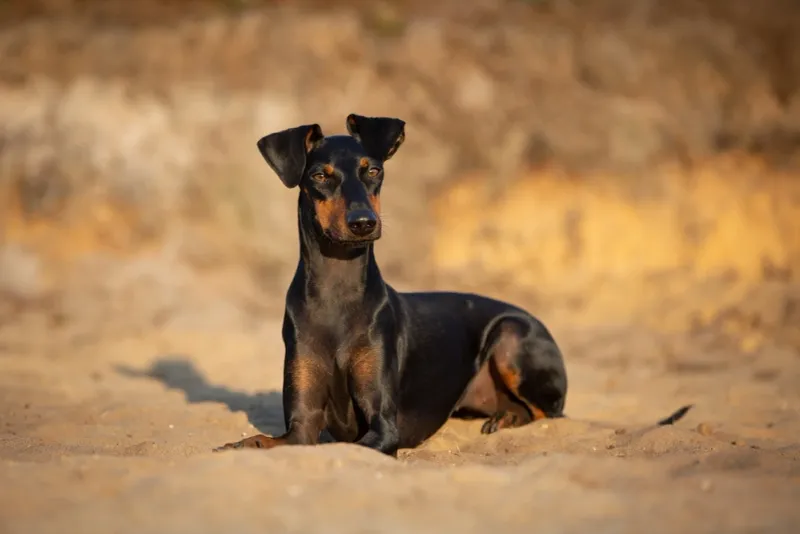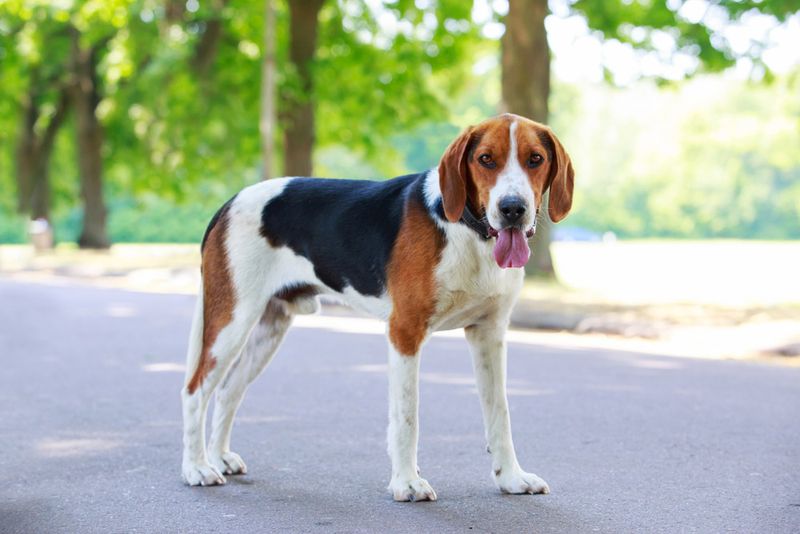In the ever-evolving tapestry of dog breeds, some of America’s beloved companions are slowly fading into the background. These 16 breeds, once popular, are now experiencing a decline in numbers. From their unique characteristics to historical anecdotes, we explore the reasons behind their dwindling presence and why they deserve a place in our hearts and homes.
Otterhound
With a nose rivaling even the Bloodhound, the Otterhound is a master of scent. Originating from medieval England, this breed was cherished for hunting otters, a skill reflected in its webbed feet and waterproof coat. Today, otter hunting is obsolete, leading to a decline in their numbers. Yet, their playful nature and boundless energy make them delightful companions for those willing to embrace their quirks.
Despite their scarcity, Otterhounds are known for their unique vocalizations, often compared to a harmonica’s melody. Their rarity is a call to action for enthusiasts to preserve this living piece of history.
Norwegian Lundehund
The acrobatic Norwegian Lundehund, with its six toes per foot, was once a vital tool for puffin hunting on Norway’s rocky cliffs. This breed’s extraordinary flexibility allows it to bend in ways unimaginable, making it a marvel of nature. However, modern conservation laws have made their skills redundant.
Their rare anatomy and quirky behavior, such as eating in odd positions, make them endearing yet challenging pets. A breed that nearly faced extinction during World War II, the Lundehund’s survival is a testament to the dedication of breeders who cherish its uniqueness.
Skye Terrier
Known for its regal appearance, the Skye Terrier was a favorite of Queen Victoria. Its long, flowing coat and steadfast loyalty made it a cherished companion in the aristocratic circles of 19th century Britain. Today, its numbers are dwindling, partly due to the grooming demands of its lavish coat.
Despite these challenges, their affectionate and dedicated nature makes them unparalleled pets for those who can meet their needs. The Skye Terrier symbolizes a bygone era, its scarcity a reminder of the fleeting nature of trends in the canine world.
Dandie Dinmont Terrier
With a name derived from a fictional character, the Dandie Dinmont Terrier is unique in both moniker and appearance. This breed, with its whimsical topknot and sausage-shaped body, was originally bred to hunt otters and badgers in the Scottish Borders. Today, its numbers are critically low, threatened by modern preferences for more common breeds.
Dandies are known for their courageous spirit and loving nature, traits that make them cherished companions. Their decline is a call to action for enthusiasts who value preserving a breed steeped in literature and history.
English Toy Terrier
The English Toy Terrier, a compact yet elegant breed, was a staple in Victorian England. Known for its sleek black and tan coat, it was a favorite lap dog among the elite. However, the rise of other toy breeds has overshadowed its presence, leading to a decline in its numbers.
These terriers are lively and intelligent, offering companionship with a touch of sophistication. Their dwindling population is a reminder of the fast-paced changes in breed popularity and the need to cherish historical breeds that have graced centuries of companionship.
Glen of Imaal Terrier
Originating from Ireland’s rugged Wicklow Mountains, the Glen of Imaal Terrier was bred for both hunting and companionship. This sturdy breed is known for its distinct low-to-the-ground build and tenacious spirit. Today, it’s considered rare, often overshadowed by more popular terrier breeds.
Glen of Imaal Terriers are affectionate with a dash of independence, appealing to those who appreciate a dog with character. Their history as both a hearth dog and a hunter adds a rich tapestry to their narrative, making them a breed worth preserving against the tides of change.
Sussex Spaniel
The Sussex Spaniel, with its distinctive golden liver coat, was once a prized hunting dog in the fields of England. Known for its deep bark, this breed was a hunter’s best friend, flushing and retrieving with remarkable skill. As hunting declined, so did the Sussex Spaniel’s prominence, leading to its rarity today.
These dogs possess a gentle demeanor and are loyal to a fault, making them great companions. Their obscurity is a challenge to dog lovers everywhere to revive this breed’s legacy and appreciate the timeless bond between hunter and hound.
Field Spaniel
Once the quintessential working dog, the Field Spaniel was bred for endurance and intelligence. This breed is recognized for its glossy coat and determined expression, traits that made it invaluable in the field. As hunting declined, so did the breed’s numbers, leading to its rarity today.
Field Spaniels are known for their sweet dispositions and adaptability, making them suitable companions for active families. Their dwindling presence highlights the shifting landscapes of canine preferences, urging preservation of this breed that once symbolized the hunter’s unwavering ally.
Harrier
The Harrier, an ancient breed, was once a prominent hunting companion in England. Known for its athletic build and tireless energy, it excelled in tracking hares, a tradition that has faded with time. Today, the Harrier’s numbers are dwindling, overshadowed by its cousin, the Beagle.
Despite their scarcity, Harriers are outgoing and friendly, making them excellent family pets for those who appreciate their zest for life. Their rarity is a testament to changing hunting practices and the evolving tastes of dog enthusiasts who favor more prevalent breeds.
Kerry Blue Terrier
The Kerry Blue Terrier, with its striking blue-gray coat, was once the pride of Irish farms. This breed’s versatility allowed it to herd, hunt, and guard with equal prowess. However, the rise of specialized breeds has led to its decline in popularity and numbers.
Kerry Blues are spirited and loyal, known for their adaptability and charm. Their presence is a nod to the multifaceted roles dogs once played in rural communities. Preserving their lineage is vital for maintaining the diverse tapestry of canine history.
English Setter
Elegant and poised, the English Setter is a breed steeped in hunting tradition. Its speckled coat and graceful demeanor made it a favorite among bird hunters. However, the decline in field trials and a preference for more modern breeds have contributed to its rarity today.
Despite this, English Setters are known for their gentle and friendly nature, making them excellent companions for those who value a breed with history. Their dwindling numbers serve as a reminder of the changing dynamics in hunting and pet ownership.
Irish Red and White Setter
The Irish Red and White Setter, with its striking coat, was once a revered hunting companion. Known for its stamina and keen scenting ability, it excelled in the fields of Ireland. However, the popularity of its all-red cousin has led to its decline.
These setters are affectionate and spirited, offering companionship with a touch of elegance. Their scarcity highlights the shifts in breed preferences and the importance of celebrating diverse heritage within the setter family. Preserving this breed ensures the continuation of its vibrant legacy.
Sealyham Terrier
Once the darling of Hollywood, the Sealyham Terrier was a favorite of celebrities and royals alike. Known for its robust build and lively spirit, this breed was used for hunting small game in Wales. Today, its numbers are alarmingly low, overshadowed by more trendy breeds.
Sealyhams are spirited and affectionate, known for their courage and charm. Their decline serves as a poignant reminder of the fleeting nature of fame and the need to preserve breeds that once captured the imagination of the public.
Clumber Spaniel
The Clumber Spaniel, with its substantial build and lush coat, has a history rooted in the English aristocracy. Bred for hunting, its calm and dependable nature made it a favored companion in noble estates. However, the rise of more versatile breeds has led to its decline.
Clumbers are quiet and affectionate, making them ideal companions for those who appreciate a dog with a calm demeanor. Their dwindling numbers emphasize the shifts in hunting practices and the importance of celebrating breeds with a rich historical background.
Manchester Terrier
The Manchester Terrier, with its sleek physique and keen intelligence, was once a staple in Victorian England for ratting and companionship. Its sleek black and tan coat made it a fashionable choice in urban settings. However, the rise of more adaptable breeds has reduced its numbers.
Known for their lively and inquisitive nature, Manchester Terriers make excellent pets for those who appreciate a breed with history and flair. Their decline serves as a testament to the changing urban landscapes and the evolving preferences of dog owners.
American Foxhound
Once the pride of colonial America, the American Foxhound is a breed with deep roots in the nation’s history. Known for its melodic bay and tireless endurance, it was bred for hunting foxes across vast tracts of land. Today, the decline of fox hunting has led to its reduced numbers.
American Foxhounds are friendly and independent, making them suitable companions for those who value tradition and open spaces. Their scarcity highlights the shifts in hunting practices and the need to preserve breeds that symbolize a bygone era of American sporting life.
